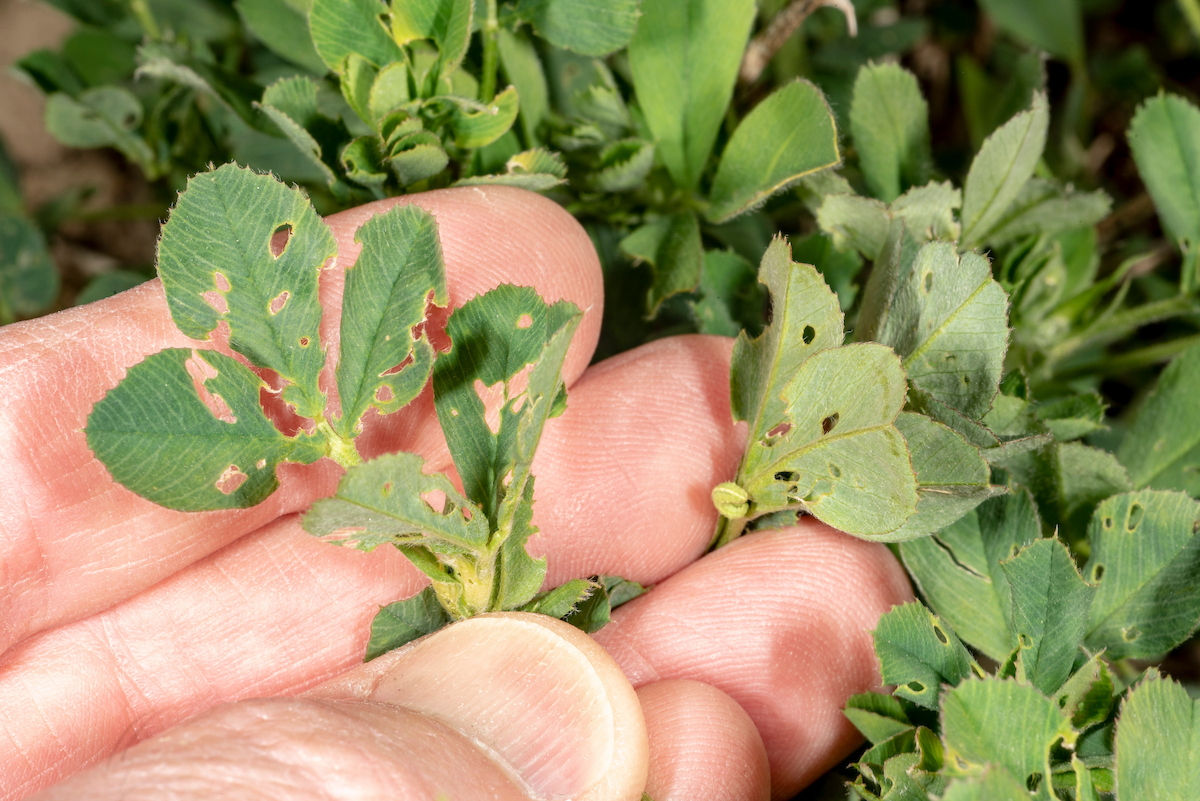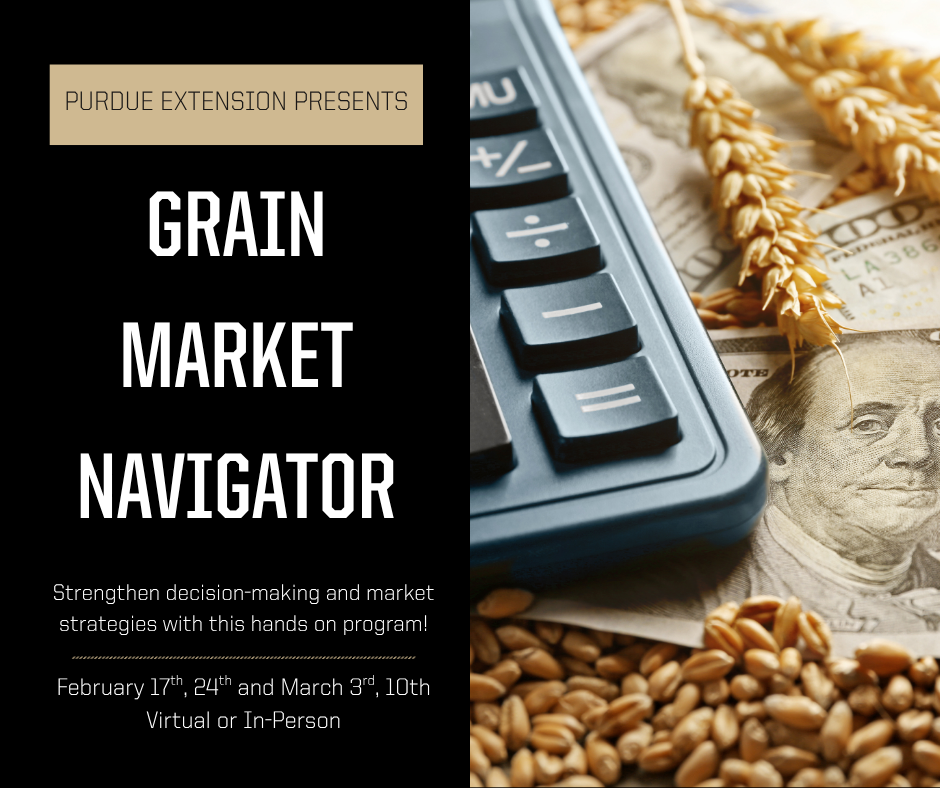August is National Tree Check Month

Have you ever thoroughly looked at your trees? Have you checked them with a critical eye? August is national tree check month, and two Purdue University experts encourage you to employ this scrutinous observation on your trees.
Cliff Sadof, Purdue entomologist, and Elizabeth Barnes, exotic forest pest educator, recently wrote about tree check month in the Purdue Landscape Report.
“National Tree Check Month is the perfect time to make sure your tree is in tip-top shape,” they said. “Our checklist will help you spot early warning signs of native pests and pathogens and invasive pests like Asian longhorned beetle, spotted lanternfly, and sudden oak death.” They encouraged homeowners to report invasive pests if you see them.
First, they encouraged homeowners to know the species of tree or trees in their yard, at least in a general sense (i.e. Is it an oak, maple, pine or spruce?). Then, know what “normal” should look like on that species of tree.
Next, check the leaves for unusual colors, disfigurement, spots or holes. The good news is that leaf impairments generally do not lead to serious tree health issues. One or more of these irregularities may be common on leaves late in the year.
Third, check the trunk and branches. Look for things like holes, splits, peeling bark, sawdust at the base of the trunk, oozing sap, or sticky liquid falling from the tree. On this last point, the newly discovered and invasive spotted lanternfly emits a sticky liquid after sucking on plant juices, so look for the presence of this new insect.
The Purdue Tree Doctor app is available to assist homeowners with tree identification and problem identification. Your local Purdue Extension office can also help with this.
If more serious tree health is a concern, contact an arborist who can give you an assessment of your tree and specific treatment recommendations (https://www.treesaregood.org/findanarborist).
Lindsey Purcell, Purdue urban forestry specialist, encouraged homeowners to inspect trees regularly. “Trees should be assessed through inspections by a qualified arborist, preferably an International Society of Arboriculture Certified Arborist,” he said. “It is especially important to inspect trees after major weather events.” Purcell said at a minimum, trees should be carefully checked out every 3-5 years.
Find articles from these authors at the Purdue Landscape Report website, https://www.purduelandscapereport.org/.






